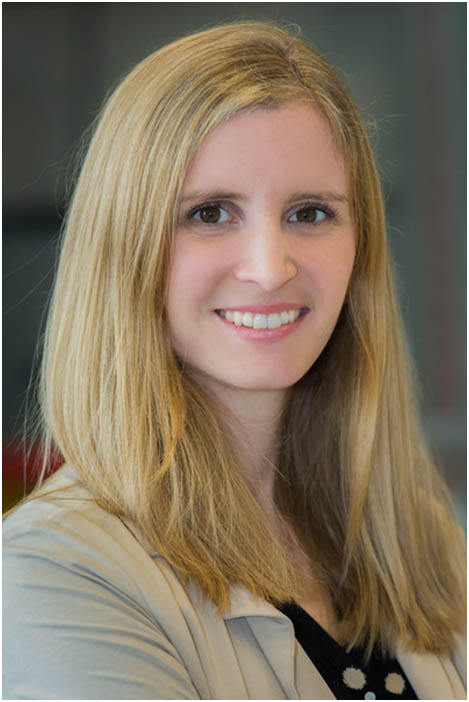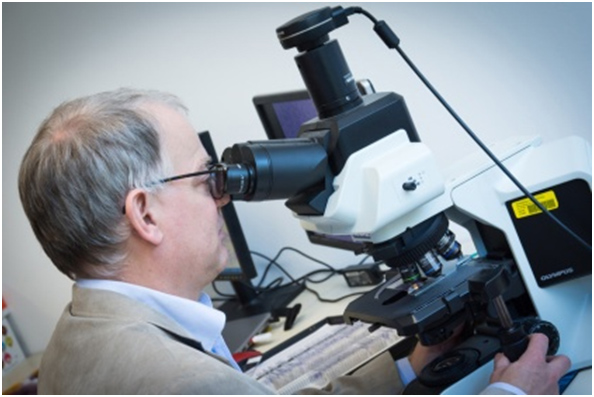STAT1 exists as two alternatively spliced isoforms, STAT1α and STAT1β; the latter lacks the C-terminal transactivation domain (TAD). Our previous study with gene-modified mice expressing only the STAT1β isoform (Stat1β/β) demonstrated that STAT1β is capable of inducing a subset of IFNγ-responsive genes but the reason for the gene-selectivity remained unclear. In this study we used primary macrophages form wild-type and Stat1β/β mice to characterize the role of the C-terminal TAD in the transactivation and cofactor recruitment to paradigmatic IFNγ-responsive genes. Our key discoveries are that the STAT1β isoform is differentially required for (i) the recruitment of the Mediator coactivator complex and the transition of poised RNA polymerase II (Pol II) into productive elongation, (ii) the association of the general transcription factors TFIIH and p-TEFb to promoter elements specifically at late time points after stimulation or (iii) the establishment of active histone marks and the recruitment of Pol II to the STAT1 and IRF1 co-regulated gene promoters.
Collectively, our results shed new light on the communication of STAT1 with the transcriptional machinery and provide mechanistic insights into isoform-specific transcriptional activities of STAT1.
Publication in Frontiers in Immunology
Matthias Parrini, Katrin Meissl, Mojoyinola Joanna Ola, Therese Lederer, Ana Puga, Sebastian Wienerroither, Pavel Kovarik, Thomas Decker, Mathias Müller and Birgit Strobl
The C-Terminal Transactivation Domain of STAT1 Has a Gene-Specific Role in Transativation and Cofactor Recruitment (2018), doi: 10.3389/fimmu.2018.02879






